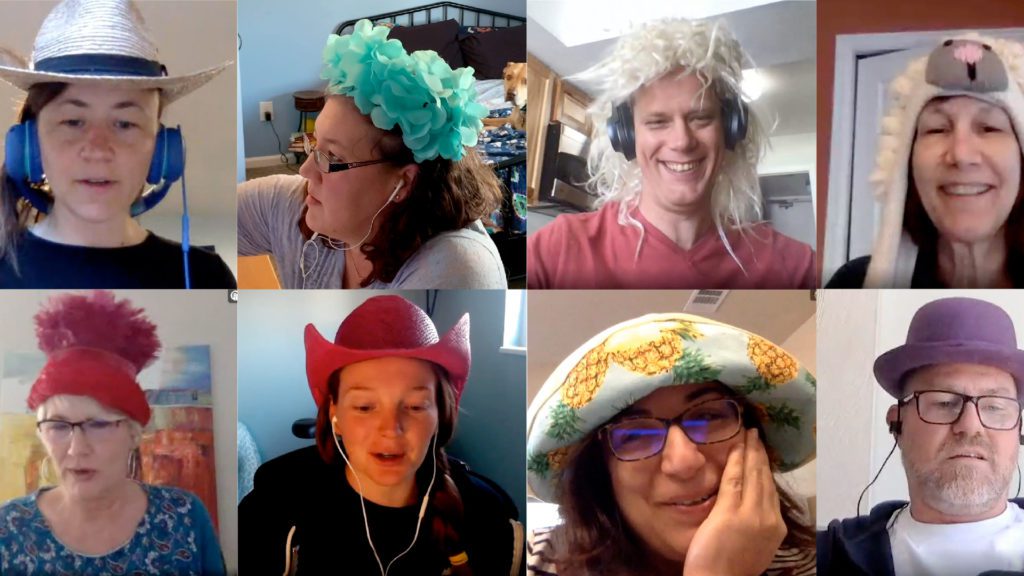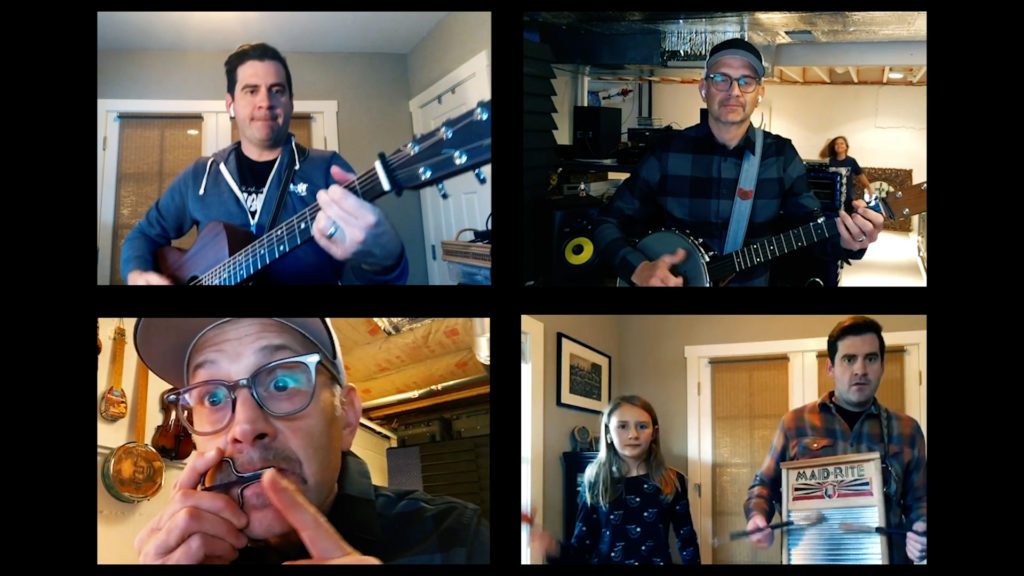As COVID-19 quickly spread worldwide, lots of organizations, including ours, realized that our next PI Planning would have to be entirely remote and distributed. We’d done distributed PI Planning before, where some employees joined on their laptops from global locations, but never one where everyone was remote and in their homes. So, just how were we going to pull this off?
Watch the video for a high-level look at what we did and keep reading the post for a bit more detail.
Planning the Event
For starters, we knew we had to answer lots of questions around locations, agenda, facilitation, tools, and working agreements. So, we started laying the foundation of our event by following the guidance in the advanced topic article from our Framework team, Distributed PI Planning with SAFe, and built our plan from there.
Agenda
I collaborated with our scrum masters and leaders to flesh out what this event would look like, and we knew that a two-day agenda wasn’t going to work. Not just because it’s hard to stay focused and engaged for two full days over video calls, but because we have people in China, England, Germany, India, Japan, Mexico, Singapore, and across the U.S.
If you were to research the words “learning network” via books or an online search, you might come up empty. There isn’t much out there on the topic. In fact, I was excited one day to see “learning network” listed in the index of one of my learning books. But it pointed me toward networks in general, which wasn’t helpful. Not long after that I was telling a colleague about one of my informal learning collaborations and I called it a learning network. It just seemed like the right way to describe it.
We had to accommodate all the different time zones to make sure people weren’t working in the middle of the night (more about that later). So, I set up a recurring weekly meeting with our scrum masters to craft a detailed event schedule. We landed on a three-day agenda that had some people starting early in the morning and others joining toward the evening (and later at night) for a shorter amount of time.

Facilitation

We knew that to engage people remotely over three days, we’d need to get creative. So we came up with icebreakers featuring our talented employee musicians, a crazy hat theme, social video meetups to see people’s pets, a guided meditation session, and random quizzes to keep things light and fun.
In the spirit of relentless improvement, we sent out daily surveys to capture everyone’s feedback about what was going well and what wasn’t, and incorporated that into the next day’s activities.
Tools
The scrum masters and I worked with our information and technology team to figure out how to best use the tools we had to run the event. We set up a central location on our intranet and used our internal collaboration tool to create a main information hub and virtual rooms for each team, the program board, presentations, and the Scrum of Scrum meetings. We use the Google suite at Scaled Agile, so team breakouts happened via Google hangouts, and each team also had a dedicated channel in Slack that other teams could use to discuss joint projects and dependencies, and ask questions.
Hiccups and Takeaways
Overall our event went pretty smoothly, but we did run into some issues. When we set up the team spaces in our collaboration tool, we didn’t realize they were limited to just the individual team members. This meant people on other teams couldn’t access those spaces to interact with the teams they needed to. We managed to fix that issue on day one but it was pretty chaotic and time-consuming.
Another thing we discovered is that it took a while for all of us to get used to communicating with each other both in the main space and in our individual team rooms. There was one hangout link to the main PI Planning room and different hangout links for each team to use during their breakout sessions. On day one, some people got lost in the transition, but by day two, all of us were seasoned pros.
We’ve definitely got a list improvements we plan to make for our next PI Planning, including:
- Being more intentional about team synchronization points so the teams come together more regularly throughout each day.
- Adjusting the agenda to four days versus three to shorten the hours per day and better accommodate our international folks (at least one of them was online until 2 AM—sorry, Gerald).
- Allowing more time for team breakouts, just because collaborating remotely takes longer.
To get even more details about how we executed our first fully remote, distributed PI Planning, I invite you to watch our Fireside Chat webinar on our Community Platform (login required).
For more guidance around running remote PIs, ARTs and teams, listen to episode 27 of our SAFe Business Agility Podcast, which takes a deep dive into the topic.
About Jeremy Rice

As the Release Train Engineer at Scaled Agile, Jeremy is a leader with a desire to help others achieve their greatest success. A U.S. military veteran, Jeremy has a diverse background in technology, engineering, and coaching, mixed with a bit of linguistics and work as a chaplain.
You can also find him occasionally posing with baby goats, cows, and pigs on his hobby farm.
Share:
Back to: All Blog Posts
Next: From Boots to SAFe: A Veteran’s Career Move